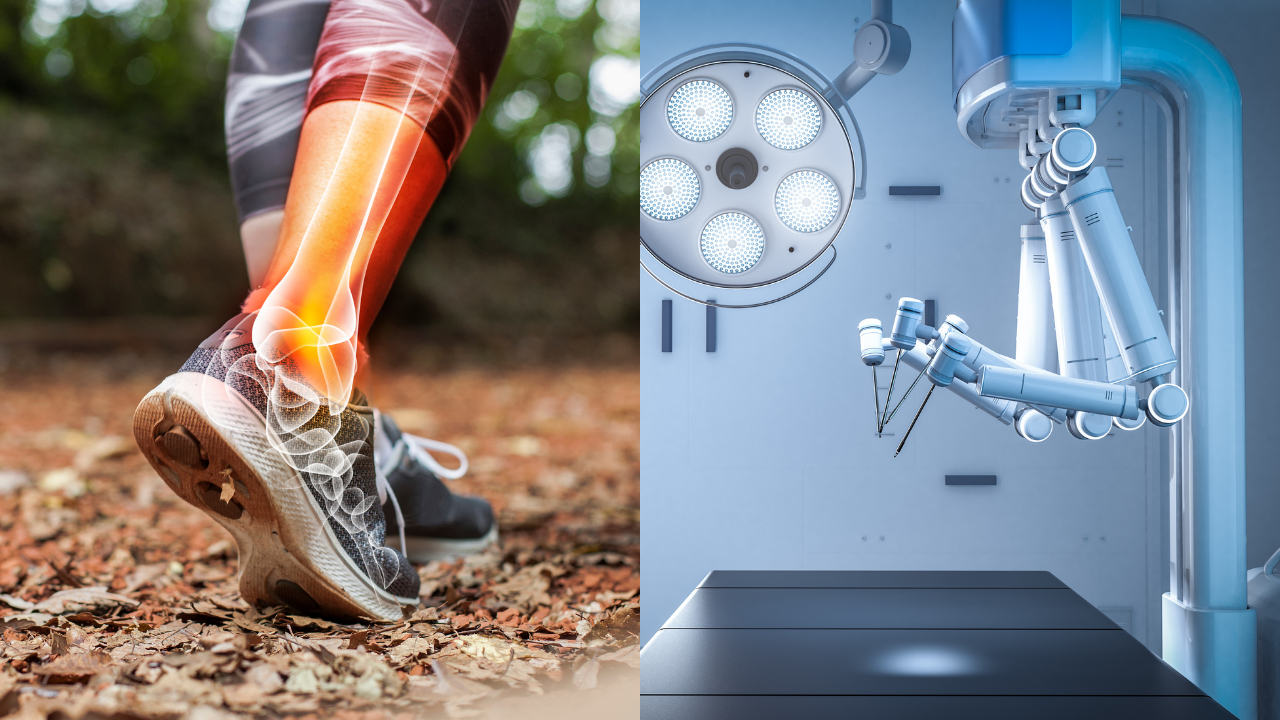Contents
-
news
-
Health
Sports medicine: These innovations are changing treatment, prevention, says expert
As athletes strive for peak performance, experts say sports medicine is moving rapidly to provide innovative treatments, faster recovery and stronger prevention strategies.

Image – Canva
Sports Medicine Beyond rest and rehabilitation. As players exceed their physical limits, sports medicine has evolved to provide better injury treatment and preventative techniques. For the most serious injuries, the focus today is not only on treatment, but also on prompt return and full restoration of players’ abilities.
People engaged in high-impact sports and intense exercise are more likely to suffer injuries due to repeated stress on the same joints. Some of the most common sports injuries include fractures, meniscal tear (knee injury), rotator cuff tear (shoulder injury), etc.
We speak to Dr Manit Arora, Consultant Orthopedics and Sports Medicine Surgeon, Fortis Hospital, Mohali, to understand how the field of sports medicine has changed to improve the treatment, prevention and rehabilitation of these and other conditions.
innovations in treatment
minimally invasive surgery
These are surgical procedures involving small incisions instead of large cuts in traditional surgery. This technique of operation has been revolutionary in medicine and is particularly well suited for sports injuries such as meniscal tears. “If we look to the future where knee arthroscopy Moving forward, there is now a big trend and shift toward meniscus repair. “The meniscus is the shock absorber in the knee, and for many years doctors have been cutting the meniscus to reduce pain in patients,” says Dr. Arora.
However, the future is one of fiscal preservation, which is extremely important to maintain knee function. “Surgeons are now using techniques such as all-inside anchors and biological augmentation to repair the meniscus instead of removing it. Furthermore, when it comes to tendons and ligament injuries, a future trend will be seen towards ligament protection Even surgery,” says Dr Arora.
Robotic Arm-Assisted Surgery
According to Dr. Arora, robotic arm-assisted surgeries provide surgeons with a level of precision and control that is not possible with traditional approaches, making them best suited for complex injuries and chronic conditions such as arthritis.
Reverse shoulder replacement has proven to be a game-changer for people suffering from significant rotator cuff tears. “This treatment enables doctors to regain function of the shoulder and relieve discomfort. As robotic technology advances, these operations become more precise, providing better results with fewer complications,” he says.
advanced transplant
With most joints affected in sports, advances in implants are improving treatment. Modern implants now offer better speed and accuracy. “One of the recent developments is the use of balloon spacer devices. This innovative approach involves placing a balloon spacer in the shoulder joint to address certain conditions. The procedure is completed in less time and provides a less intrusive option with faster recovery times, providing athletes with another treatment option when standard treatments are not viable,” explains Dr Arora.
Innovation in Prevention
In the field of sports medicine, prevention is as important as cure and emerging technology is helping players avoid injuries. According to experts, wearable sensor And AI-powered analysis Movement patterns that put athletes at risk for injury can now be detected. Coaches and medical teams can analyze these patterns to create personalized training programs to improve dangerous activities and reduce injury risk.
“Adapted strength and conditioning regimens are another important component injury preventionThese programs focus on strengthening areas that are prone to injury, such as the meniscus and shoulders, to ensure that players can endure the demands of their sport without getting injured,” says Dr Arora. .
Thus, the future of sports medicine is being shaped by the introduction of modern innovations in techniques and technologies.
Get the latest news live on Times Now with breaking news and top headlines from around the world.


